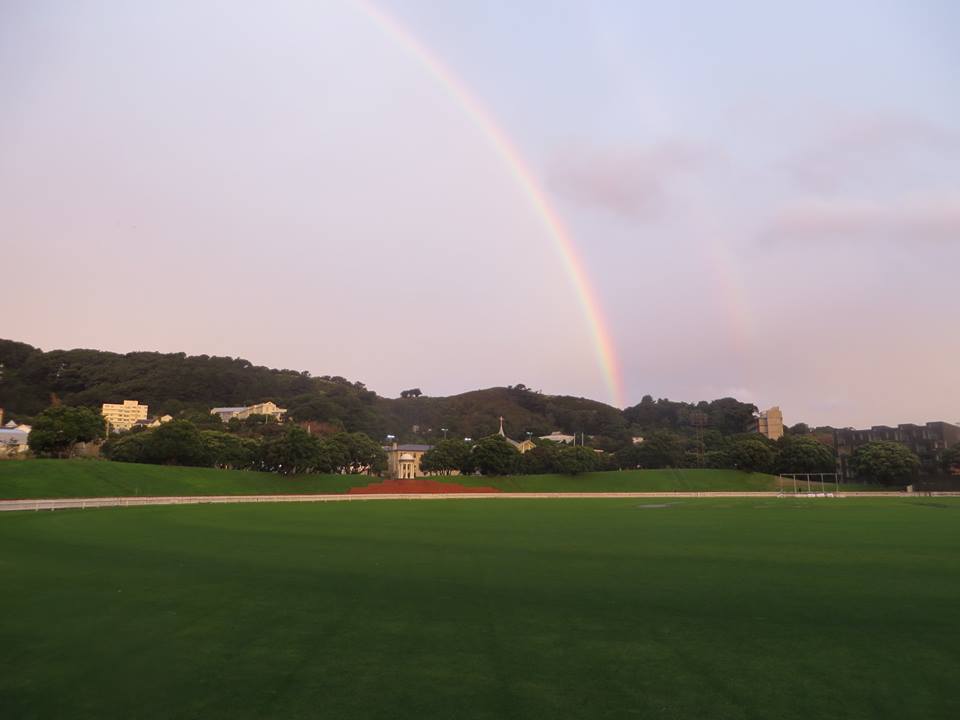The New Zealand Labour Party has just put out the following press release, setting out a community-driven proposed process for making decisions about the future of transport around the Basin Reserve precinct following the defeat of the Transport Agency’s flyover proposal. The Save the Basin Campaign has signed up as one of the groups supporting this proposed process.
– Tim Jones, Save the Basin Campaign Co-Convenor
Time for a real say for Wellingtonians on Basin Reserve transport issues
7 December 2015
A number of community organisations have proposed a new, grassroots process to find a solution to the transport access issues around Wellington’s Basin Reserve, Wellington Central Labour MP Grant Robertson says.
“With the flyover proposal thankfully shelved, it is time to create a sustainable solution for transport access around the Basin Reserve. The community who live and move around the area have spent considerable time and resources opposing NZTA’s ideas, and have now come together to work on a positive alternative.
“As the local MP I brought together a number of groups to see if they could find common ground following the High Court decision on the flyover. The result is a set of principles and a draft process for finding the transport solution for the Basin Reserve.
“The core of the proposal is taking an inclusive approach that builds a solution from the ground up. The principles recognise the importance of the Basin Reserve area as a cultural, heritage and recreational space. They also call for improvements to start with ‘at grade’ solutions that balance the need for all modes of transport.
“The plan is to have a draft design process that would be professionally and independently facilitated, including a public ‘design-a-thon’ and proper testing of all proposals.
“The Board of Inquiry and the Court were very clear that NZTA had not properly assessed alternatives to the flyover, nor had they consulted as well as they should have. It’s time to find a new way to reach the best possible outcome for Wellington.
“Along with these community groups I am asking NZTA, the Wellington City Council and the Greater Wellington Regional Council to adopt a process that gives the people of Wellington a real voice in what happens in this important project,” Grant Robertson said.
“Along with these community groups I am asking NZTA, the Wellington City Council and the Greater Wellington Regional Council to adopt a process that gives the people of Wellington a real voice in what happens in this important project,” Grant Robertson said.
The groups who have agreed to the principles and draft process are: Living Streets Aotearoa, Save the Basin Campaign, Mt Cook Mobilised, Mt Victoria Residents Association, Newtown Residents Association and FIT Wellington. Other groups are likely to sign up in coming weeks.
